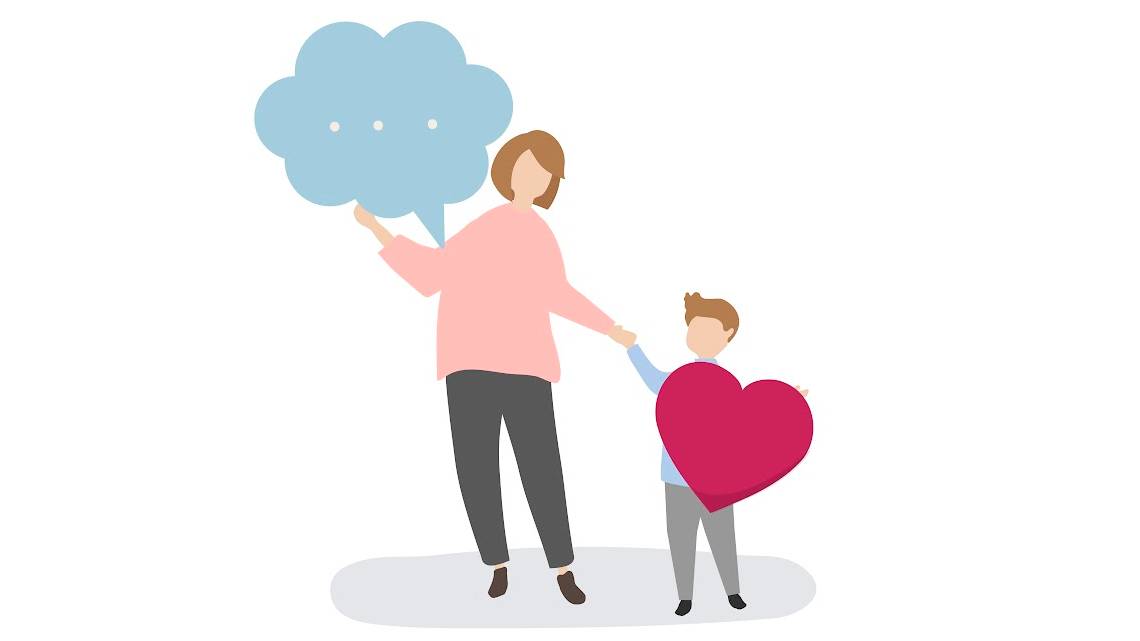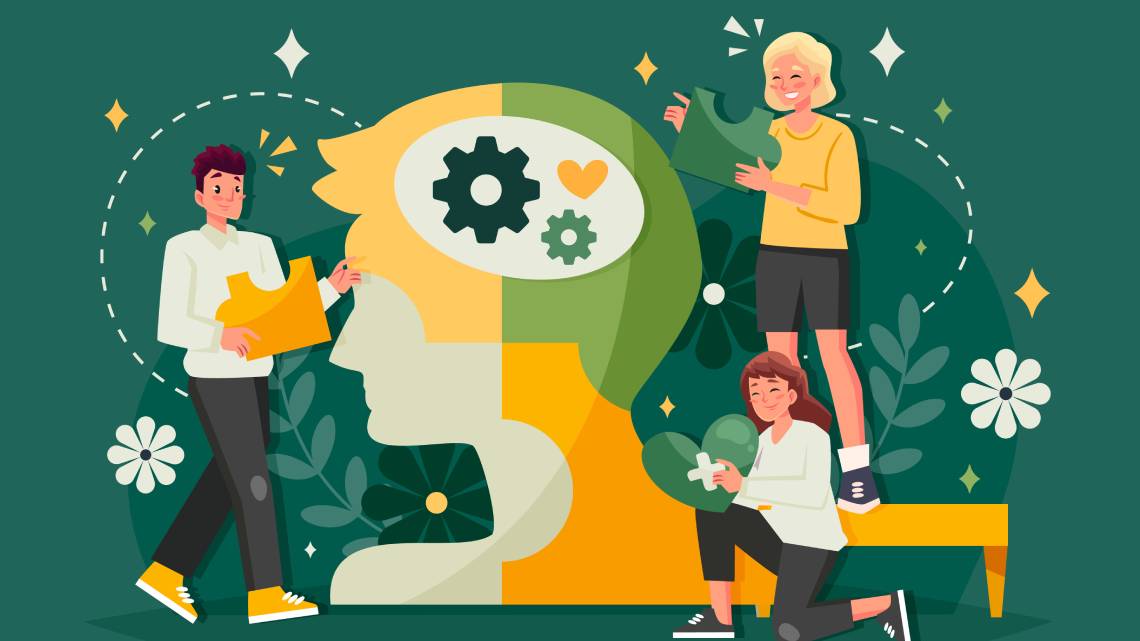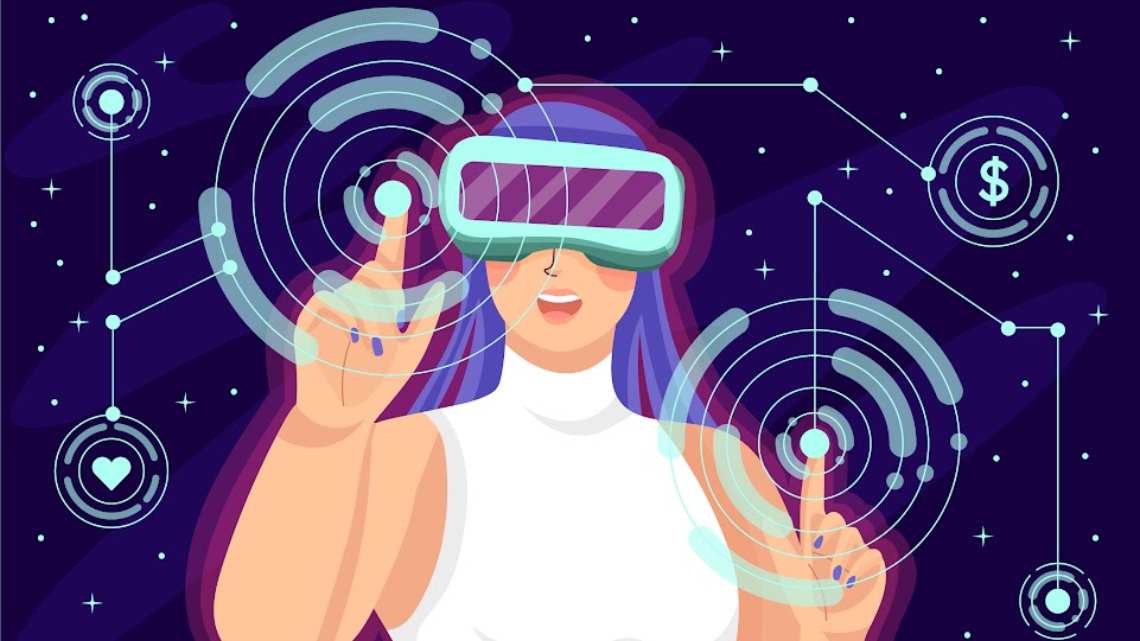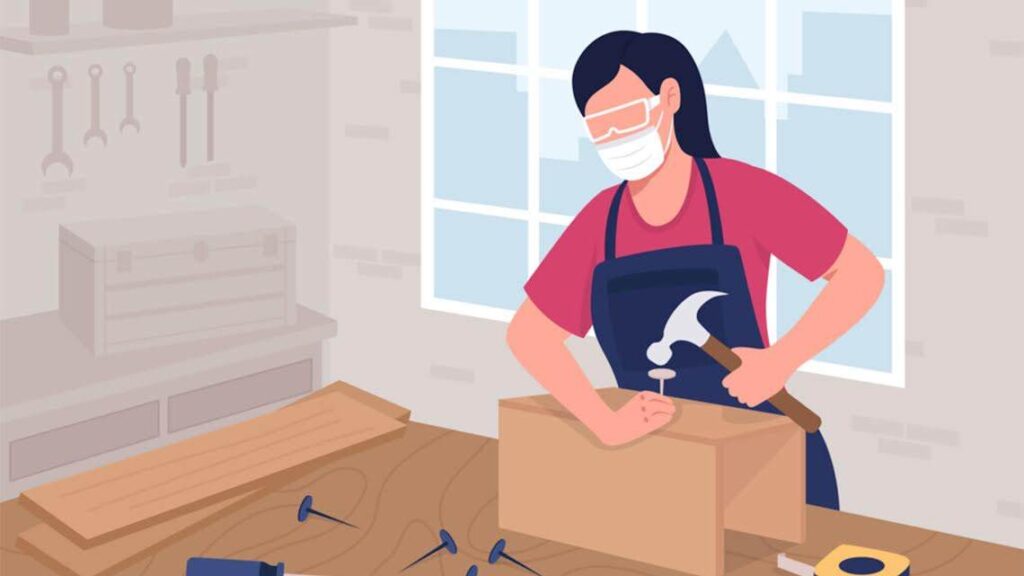
Mindfulness is a practice that has received much attention due to its impact on one’s wellbeing. Very often it is associated with sitting in mediation. This could be off-putting for some. In our conversation Sne and Emmy discuss how mindfulness need not mean just meditation. Active mindfulness can equally create a sense of wellbeing.
Can you please give our readers a brief introduction about yourself?
Emmy: I’m Emmy, and I’m a woodworker, or carpenter. I have found woodworking to be incredibly therapeutic. Working with my hands has allowed me to connect deeply not just with myself, but with others too. I have found that I can really be immersed in the process of woodworking, whether it’s by focusing on the textures of the wood, the rhythm of my tools, or the incredible transformation happening right in front of me. Through my work, I know that mindfulness doesn’t have to come from sitting still; that it can be found in movement. This realization has been vital for my overall wellbeing. My goal is to share this understanding with others, and so partnering with Sne to deliver these workshops and classes has been a great way to help others find their paths to awareness and connection.
Sne: I’m a licensed therapist specializing in supporting neurodiverse and LGBTQ individuals, as well as those dealing with complex trauma. Mindfulness often emerges as a challenge for my clients. I believe we don’t need to sit still to practice it; this misconception can be especially limiting for active individuals. Personally, I found success with mindfulness through woodworking, thanks to Emmy, which suited my needs as a neurodivergent individual better. Now, I’m on a mission to help others access mindfulness in ways that resonate with them promoting overall wellbeing.
What is Mindfulness and how does it impact wellbeing?
Sne: To borrow an academic’s definition, mindfulness is the “self-regulation of attention, and adoption of a particular orientation towards one’s experiences.” In my own words, it’s the practice of being present and aware in the present moment, without judgment. It’s about cultivating a deeper connection to our own thoughts, feelings, and surroundings, which can happen in many different forms, not just through meditation. It’s like listening to a favourite song, and realizing you’re fully immersed in the joy of it, and you’ve managed to filter out any distractions or noise.
Emmy: I totally agree. Mindfulness can manifest in any activity where we can focus our attention and embrace the present. For example, when I’m shaping a board, I realise that I end up focusing on the texture, the grain, the sound of the sawblade, and I’m noticing every tiny detail as I go. And as this process goes on, I start to notice how this hunk of wood is changing shape and transforming into something else entirely.
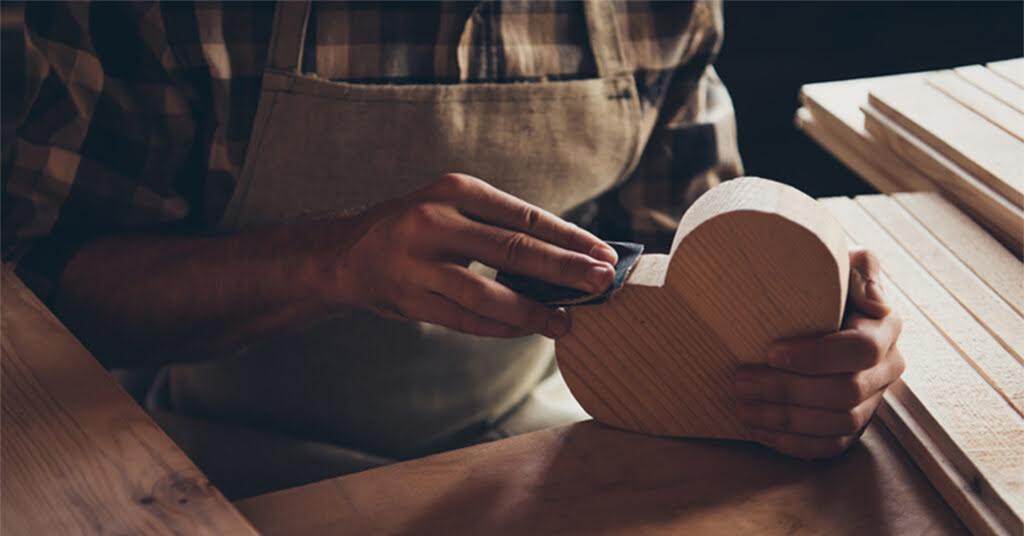
Many believe that Mindfulness is meditation. Is that true?
Sne: It can involve meditation or breathwork, but it doesn’t have to and there are many ways to practice mindfulness. For many, especially those who are neurodivergent, sitting still can be uncomfortable, or even counterproductive. It might lead to frustration rather than calm.
Emmy: Yeah, and while traditional mindfulness has its benefits, it can be experienced through movement. By engaging in woodworking, we allow for a kind of meditative state without the need to sit still.
Sne: Exactly. Trying to sit still when you have ADHD is like trying to read a book in a room full of puppies – good luck trying to get anything done!
People might find sitting still difficult. How would you advise them to take this up for their wellbeing?
Sne: This is a great question. Honestly, I normally do not recommend mindfulness exercises that require individuals to sit still. I think it causes more harm than good. I encourage people to first start small, but with an activity they already enjoy. Mindfulness is about engaging with all our senses, so if you’re out on a walk, notice the sound of your steps, observe your breathing pattern, count trees or cars or people, whatever resonates with you so you can start the process from an accessible place.
Emmy: This is why I love woodworking; it offers me a dynamic way of practicing mindfulness. Focusing on the repetitive motions and the sensory input really helps to cultivate awareness without the pressure of traditional meditation.
What is Active Mindfulness?
Sne: Movement based meditation, or active meditation refers to being present in the moment, and aware of our thoughts, feelings, sensations and surroundings while engaging in meaningful motion. It allows us to find our “flow” when we’re deeply engaged in a particular activity.
Emmy: For me, it’s that idea of being immersed in an activity that you might even forget how much time has passed, or how long you’ve been at it. It is quite a grounding experience too, because you’re so focused on the sensory experience of it, and when you finally come to a stop, you’re left with a real sense of satisfaction and calm. In contrast, the relentless pace of modern life can often lead to burnout, making these moments of immersion even more essential for maintain one’s emotional health.
Burn-out is real and people want to work towards avoiding burn-out. How can teams incorporate active Mindfulness for creating wellbeing within the team?
Emmy: Teams can incorporate active mindfulness by engaging in activities that promote awareness and connection. We’ve conducted corporate training sessions where we guide teams through hands-on woodworking projects, and the feedback shows us that first, collaboration and communication improve because of better self-awareness through active mindfulness. So even though mindfulness practice tends to be a solo-activity, its benefits are far reaching. This enhancement in self-awareness not only boosts teamwork but also contributes to wellbeing. Even though mindfulness practice tends to be a solo activity, its benefits are far-reaching, positively impacting both individual and team dynamics.
Sne: And during these workshops, it is clear to see that active mindfulness techniques can be easily applied to daily work life. By connecting through creativity, members see improved team dynamics, as well as gain a deeper understanding, trust and cohesion with each other.
Emmy: Yes, and something we’ve observed is that when teams are engaging in a physical activity, they seem to find it easier to let go of the stress and tension and focus on the task at hand. It’s a powerful way to cultivate a culture of mindfulness within the organization, where everyone feels valued and connected.
Sne: So, ultimately, incorporating active mindfulness into teams is about creating a supportive environment where individuals feel empowered to express themselves. Practicing mindfulness together, teams can cultivate a shared awareness, which can lead to better productivity, but also foster a culture of understanding, respect and empathy, which is so important in any system whether it’s a workplace, a home, or even friendship groups.
One final question. How do you look after your mental health and wellbeing?
Emmy: Honestly, I have the best job in the world, and I love every second of it – but this means I usually end up hyper-focusing on a project and neglecting other areas of my life. This usually results in missed appointments and upset people, so I am learning that I need to set alarms and deadlines for myself so that I don’t miss out on the important stuff in life. Over the past year, I’ve carved out a solid routine for myself, and I can see that it’s working. My routine now involves a lot of time to think, to move, and to shake off that stress. I’ve started to do more DIY projects for myself, so lots of shelves, beds and cabinets in our apartment now. Aside from building and creating, I spend a lot of time with our two dogs, Patty and Paco. I realised early on that having animals around me was important to be overall well-being. In my worst moments, helping them allows me to help myself, and I’m so grateful to have them in my life!
Sne: I think for me it’s learning to strike a work-life balance. If left to my own devices, I would only ever work – I’m a bit of a workaholic, but I’ve learned that I need to set strict boundaries for myself and have an accountability buddy. It’s very clear when I am overworked to others, but not necessarily clear to me, so having someone stop and tell me to shake it off has been incredibly helpful. Now, I’m better at spotting it myself! Thanks to my accountability buddy (Emmy), I now cook and garden more, which are two activities I have always loved. I am hoping to incorporate more cooking & plants into ACS as I want the studio to become a community centred space full of love, laughter, good food, and of course, it must resemble a jungle.
Emmy: Yes, we’ve very lucky to be able to do what we do. Because our work is centred around well-being, we can discuss our challenges and celebrate the wins together without the feeling of stigma or judgement. It makes a huge difference within our work, and within our community.
Photo Credits:
First image: Nataliia Nesterenko
Second image: Deagreez
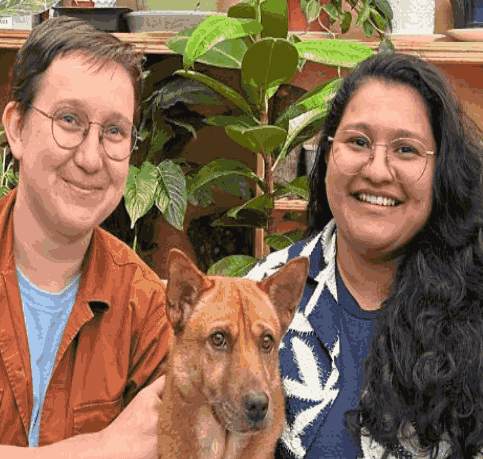
Sne and Emmy
About the author
A Collective Space is a multidisciplinary design and wellness organization. Our mission is to inspire holistic growth and well-being, blending aesthetics with functionality to enhance both personal and professional environments. We offer a wide range of services and programs, including nurturing creativity, fostering leadership development, creating bespoke spaces, and counselling/coaching.
Recently Added
Parental mental health plays a monumental role in a child’s social, emotional, behavioural and psychological development. Parents and caregivers are central to …
Cognitive behavioral therapy (CBT) was initially developed by Aaron Beck in the 1960s and it is based on the cognitive model of …
Artificial Intelligence or AI, as we like to call it, has become a part of everyday operations, enhancing everything from manufacturing automation …


